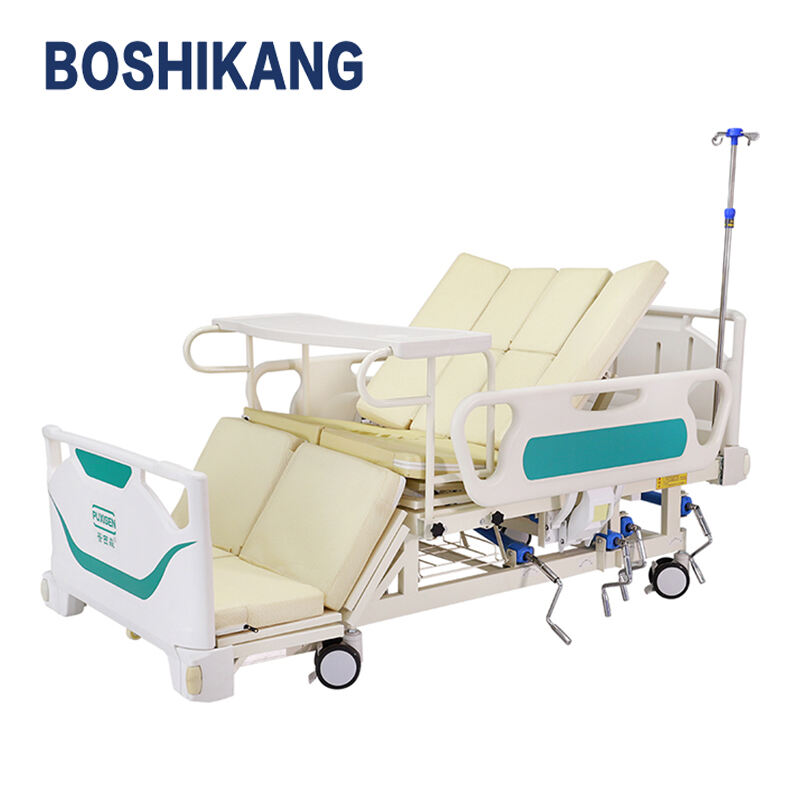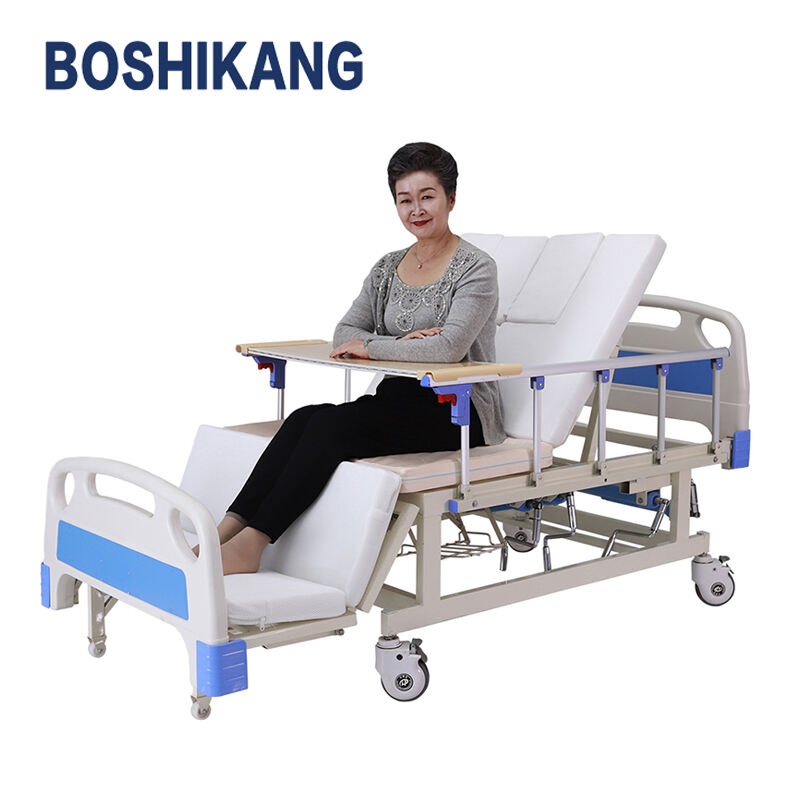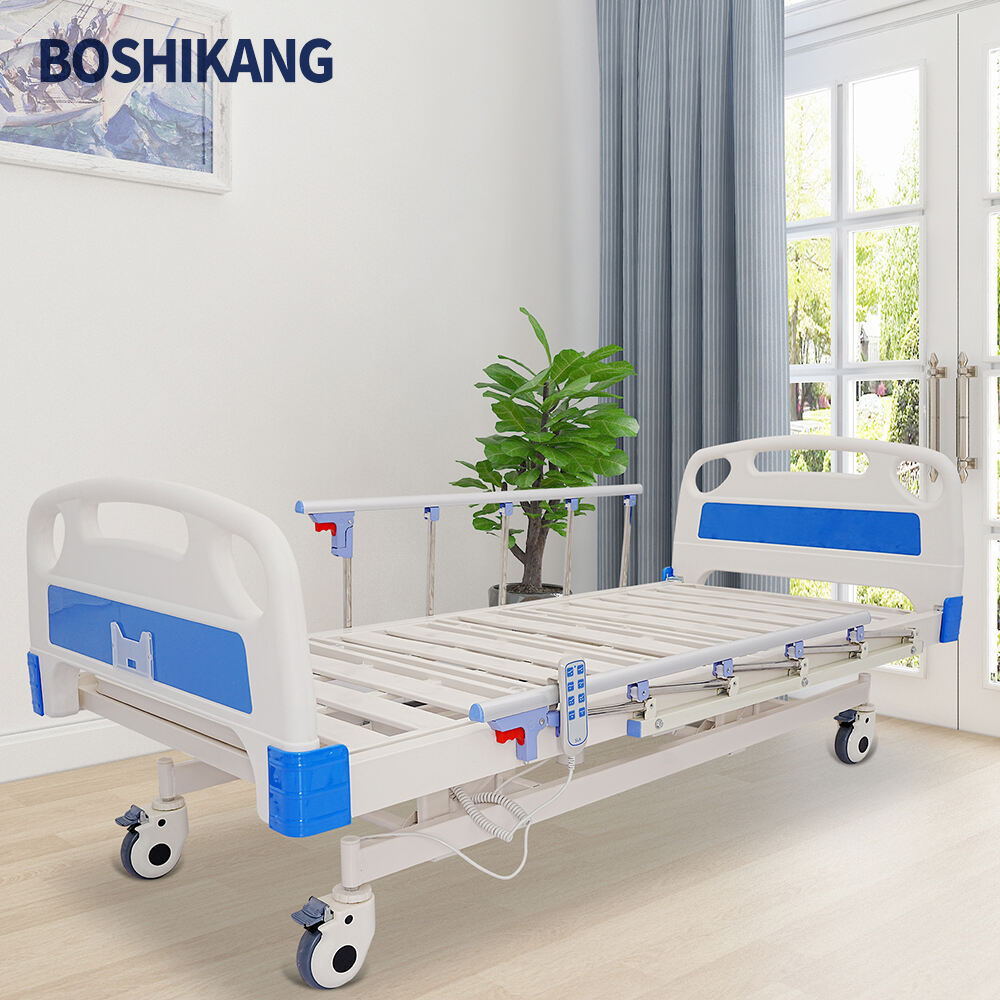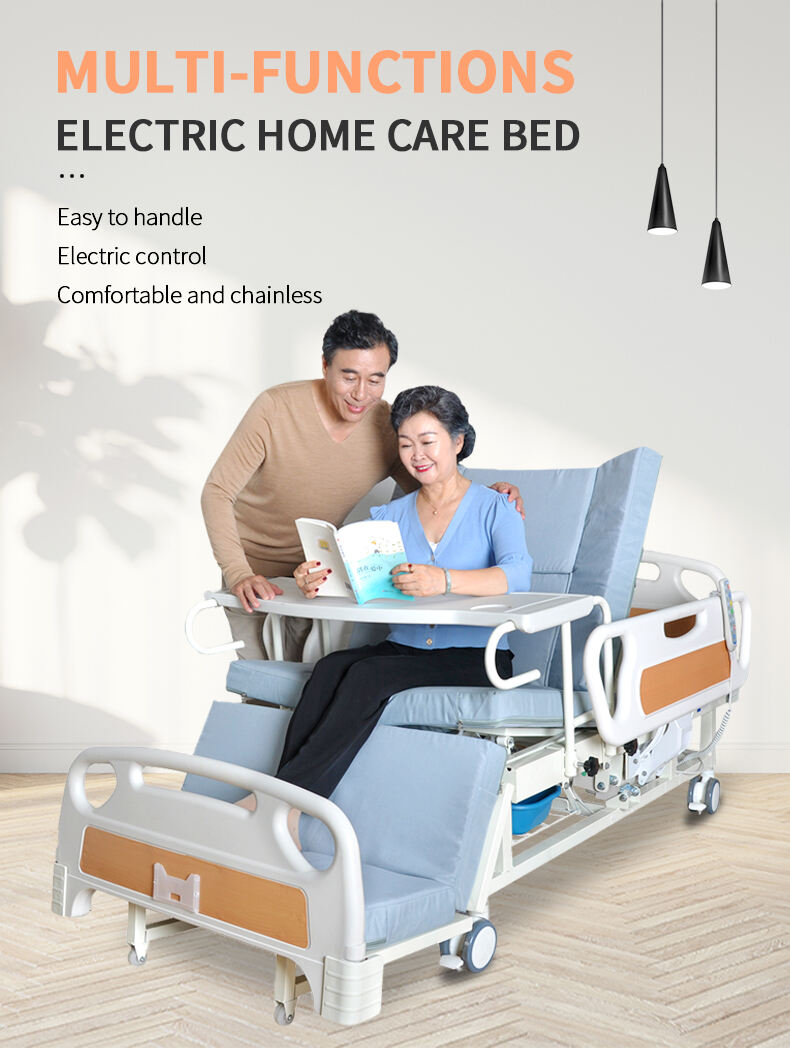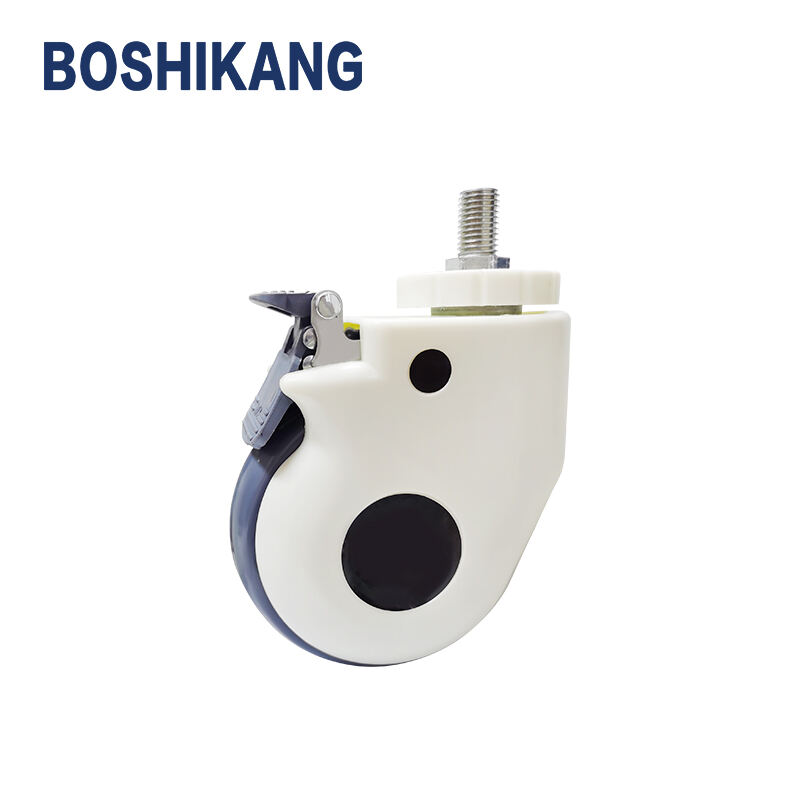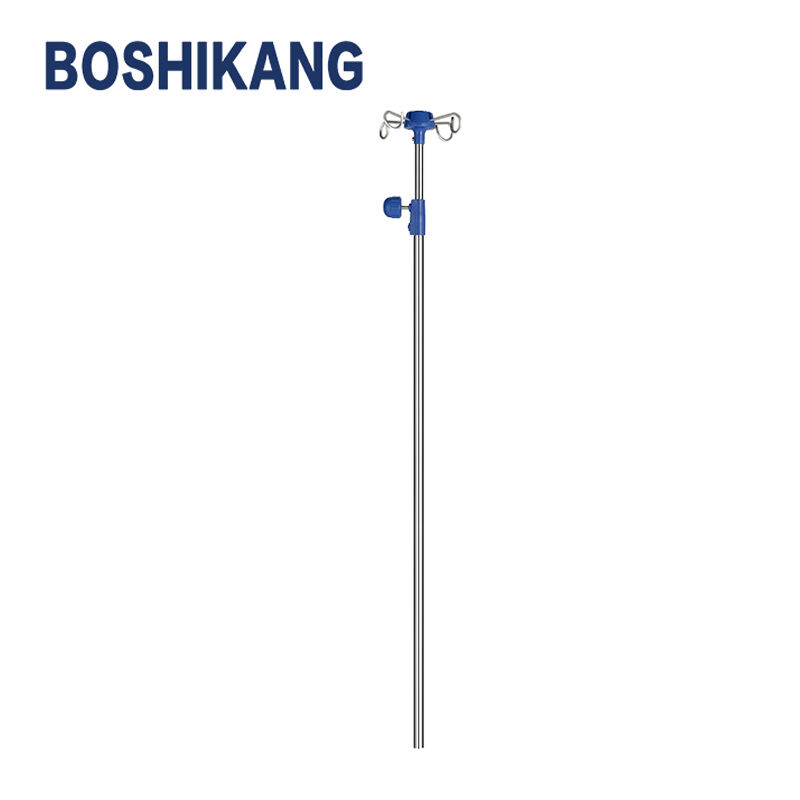parts of orthopedic bed
An orthopedic bed consists of several essential parts working together to provide optimal support and comfort for patients. The main frame, typically constructed from high-grade steel or aluminum, forms the foundation and ensures stability. The adjustable head and foot sections feature electric or manual mechanisms that allow for precise positioning. The mattress platform incorporates multiple articulating sections that can be independently adjusted to accommodate different sleeping positions and medical requirements. Side rails, an integral safety feature, can be raised or lowered as needed and often include integrated controls for bed adjustments. The bed's height adjustment mechanism enables caregivers to work ergonomically while making it easier for patients to get in and out. Advanced models include built-in scales for patient monitoring, IV pole attachments, and specialized holders for medical equipment. The mattress support system often features removable panels for easy cleaning and maintenance. Caster wheels with locking mechanisms ensure mobility when needed and stability when parked. Modern orthopedic beds also incorporate emergency CPR release mechanisms, battery backup systems for power outages, and anti-trap safety features to prevent accidents.


